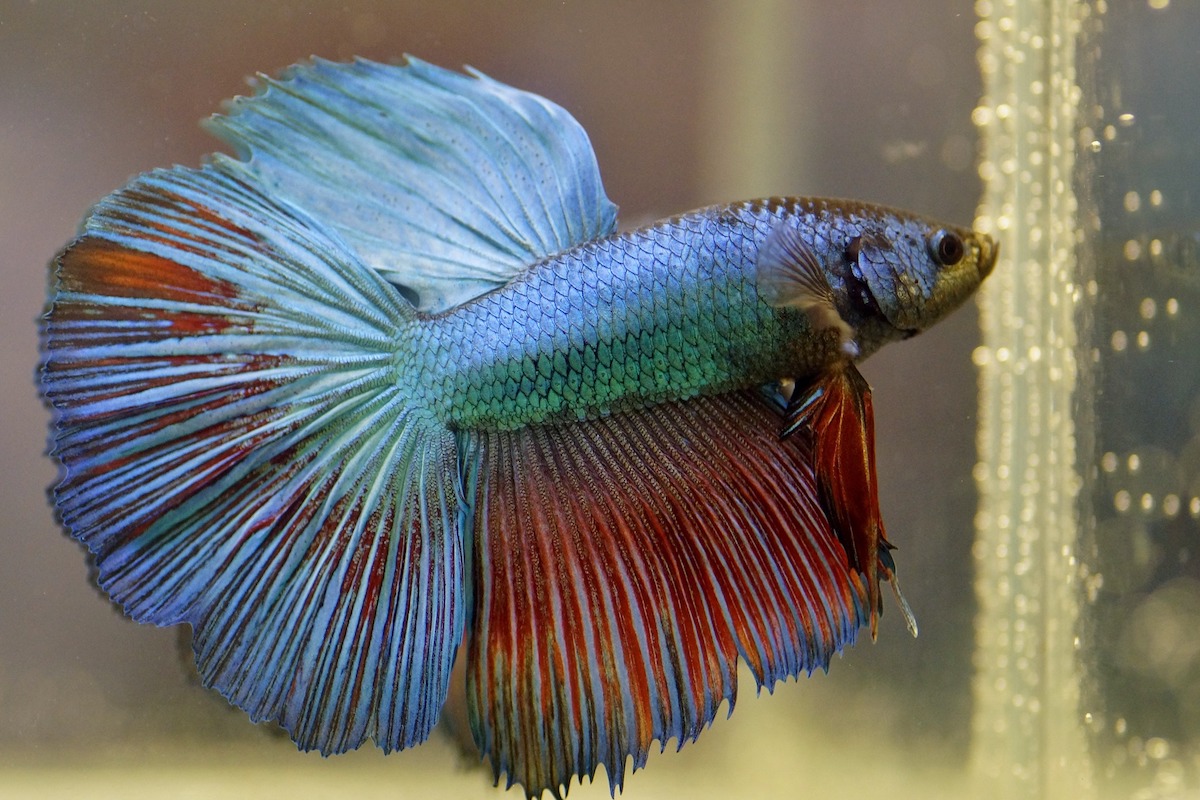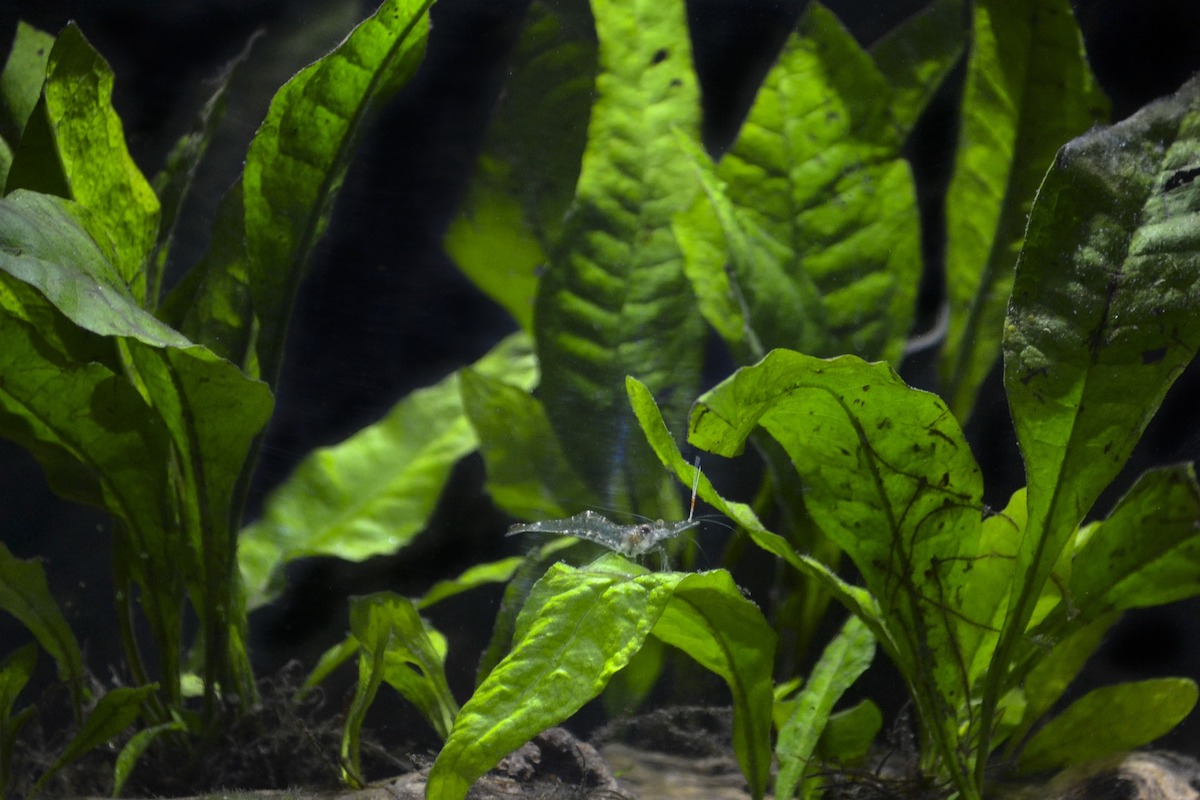Bettas make great pets but are well known for their big personalities and for being a bit rough around the edges. You’ll enjoy gazing at their beautiful colors and occasionally seeing them flare (though don’t try to antagonize bettas, which can cause excess stress). But watching your betta suddenly get aggressive with a roommate can be cause for concern. Only a few underwater critters will get along with your feisty fish, and it’s important not to mix breeds who won’t mesh. If you want a multi-species tank, check out these tank mates for bettas who will make friends with your stunning fish.

Fish compatible with bettas
Other bettas
For starters, you should never mix male bettas as it will end badly, but two lady bettas can become besties if left alone together. Even if they aren’t quite as striking as their male counterparts, females are fun, interactive, and still quite attractive. While they certainly need to meet occasionally to breed, you really shouldn’t house a mixed-sex pair together all the time. Some tanks do allow more than one to coexist with a partition — definitely something to look for if you want a big betta collection.
African dwarf frog
Sometimes referred to just as an aquatic frog, these guys aren’t fish, but they’ll still vibe with your betta. The good news is, while bettas and this amphibian eat similar commercial foods, frogs want their meal to sink to the bottom while bettas prefer to feast from the surface. That way, they both stick to their separate zones and likely won’t overlap in their respective dining areas. Keep some plants around for your frog to rest on every so often; the cover will also give him a break from his fellow aquarium dweller.
Corydora
Well known for their superchill personalities, it’s no surprise that a catfish makes it onto this list. These bottom-feeders won’t get in your bettas’ way, and they have a unique diet that mostly diverges from other tank inhabitants’ tastes. While technically omnivores, they love to gobble up algae and can keep an aquarium pretty clean, helping you maintain the environment. Cories also enjoy water on the warmer side, which agrees nicely with the betta fish.
Tetras
Perhaps the most recognizable freshwater fish, many tetras actually get along with a bold companion. These swimmers must live with others of their kind — don’t ever keep a solitary tetra. They will school with their own species but not likely with others, so the betta will probably get left out (don’t worry, he prefers it that way). Because tetras are super speedy, your betta won’t catch up with them, provided the tank is large enough and that you set it up with hidey spots for a small fish.
Kuhli loaches
This funky fish wants a bit of a bigger tank, though they don’t grow particularly large and can certainly live in smallish groups (three or four fish). They love to snack on the leftovers, which suits the betta well since he mostly skims off the surface. Any food that falls through his fins will go into a hungry loach mouth. Careful not to underfeed them, though — you can’t just rely on your betta to get sloppy. Keep in mind, you’ll need to upgrade your tank size a bit to accommodate this crew as they shouldn’t live in anything less than 20 gallons.

Ghost shrimp
Also not a fish but still a great betta companion. Like your finned friend, ghost shrimp are really cool to look at and can actually go well with bettas decor-wise. You want to get a couple of them to keep each other company, but they work great with the betta because they, too, gobble off the floor. These shrimp prefer live plants and moss balls, another living organism that will certainly get along with your fish.
Last but not least, remember that there are different betta breeds, and of course each individual comes with a bit of a unique personality. You may find you bring home a particularly aggressive male who just will not get along with anyone no matter what. That’s OK. Have a backup plan in place and take your time introducing new tank mates for the best results. Still, most bettas will get accustomed to their neighbors and learn to live in harmony. We bet you’ll find a fish compatible with bettas in one of these options.



